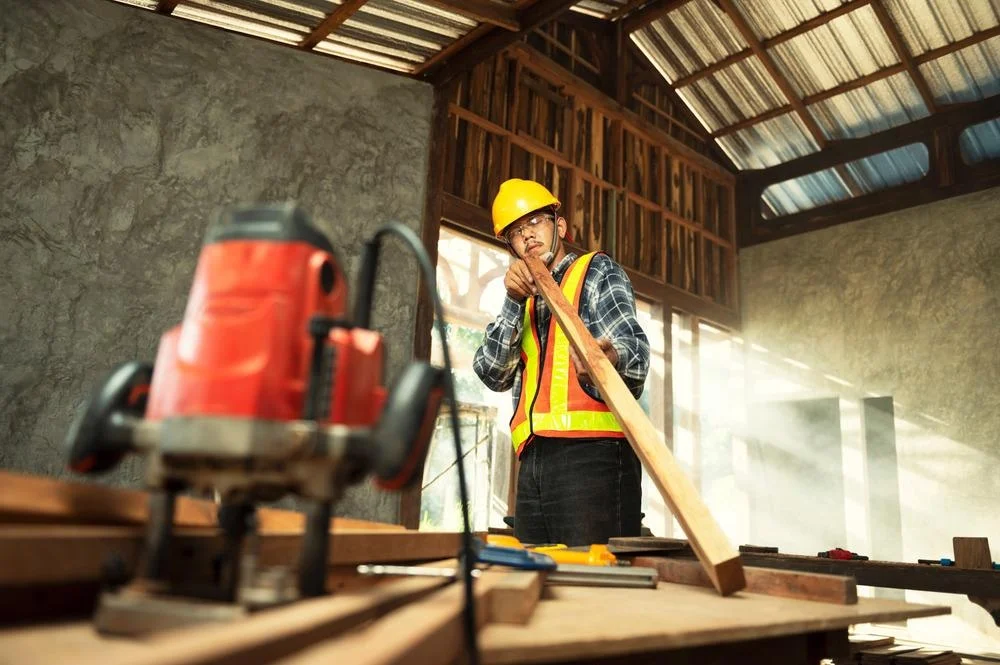Mass Timber building design demonstrate adaptability in changing climates through their inherent characteristics, sustainable attributes, and innovative design approaches. As climate conditions evolve, Mass Timber building designs can be designed and engineered to withstand environmental challenges while promoting resilience, durability, and long-term performance. Here’s how Mass Timber building design adaptability is achieved in response to changing climates:
1. Material Selection and Performance:
- Timber Species Suitability:
- Selecting appropriate timber species with inherent resistance to moisture, temperature fluctuations, and biological degradation ensures durability and performance in changing climate conditions.
- Engineered Wood Products (EWPs):
- Utilizing engineered timber products, such as glued laminated timber (glulam) and cross-laminated timber (CLT), enhances structural stability, dimensional stability, and resistance to environmental stresses.
2. Climate-Responsive Design:
- Dynamic Load Considerations:
- Designing Mass Timber building designs to accommodate variable loads and dynamic environmental factors, such as wind, snow, and seismic events, ensures structural resilience and safety under changing climate conditions.
- Adaptive Design Strategies:
- Implementing adaptive design strategies, such as adjustable joints, expansion joints, and flexible connections, allows Mass Timber building designs to accommodate thermal expansion and contraction without compromising structural integrity.
3. Resilient Construction Practices:
- Moisture Management:
- Incorporating moisture-resistant treatments, coatings, and detailing into Mass Timber building design construction minimizes the risk of decay, fungal growth, and moisture-related damage in humid or wet climates.
- Natural Ventilation and Drainage:
- Designing Mass Timber building design components with natural ventilation and drainage features enhances airflow, reduces moisture accumulation, and promotes drying, prolonging the service life of timber structures.
4. Environmental Sustainability:
- Carbon Sequestration:
- Mass Timber building designs contribute to carbon sequestration by storing atmospheric carbon dioxide (CO2) throughout their lifecycle, mitigating greenhouse gas emissions and promoting climate-positive infrastructure solutions.
- Circular Economy Principles:
- Promoting circular economy principles through Mass Timber building design construction, recycling, and repurposing practices minimizes waste generation, conserves natural resources, and reduces environmental impact.
5. Adaptive Maintenance and Monitoring:
- Regular Inspections:
- Implementing proactive maintenance programs and regular inspections of Mass Timber building designs enable early detection of climate-related damage, facilitating timely repairs and interventions to ensure structural safety and longevity.
- Climate Monitoring Systems:
- Integrating climate monitoring systems into Mass Timber building design infrastructure provides real-time data on environmental conditions, enabling adaptive management strategies and informed decision-making.
Conclusion:
Mass Timber building designs demonstrate remarkable adaptability in changing climates through thoughtful material selection, climate-responsive design, resilient construction practices, and sustainable maintenance strategies. By leveraging the natural properties of timber, embracing innovative engineering solutions, and promoting environmental stewardship, Mass Timber building designs serve as resilient infrastructure assets that contribute to climate adaptation, carbon mitigation, and sustainable development goals. Continued research, collaboration, and technological advancements in timber engineering will further enhance the adaptability and performance of Mass Timber building designs in response to evolving climate challenges, ensuring the longevity and effectiveness of these essential transportation infrastructure assets.
